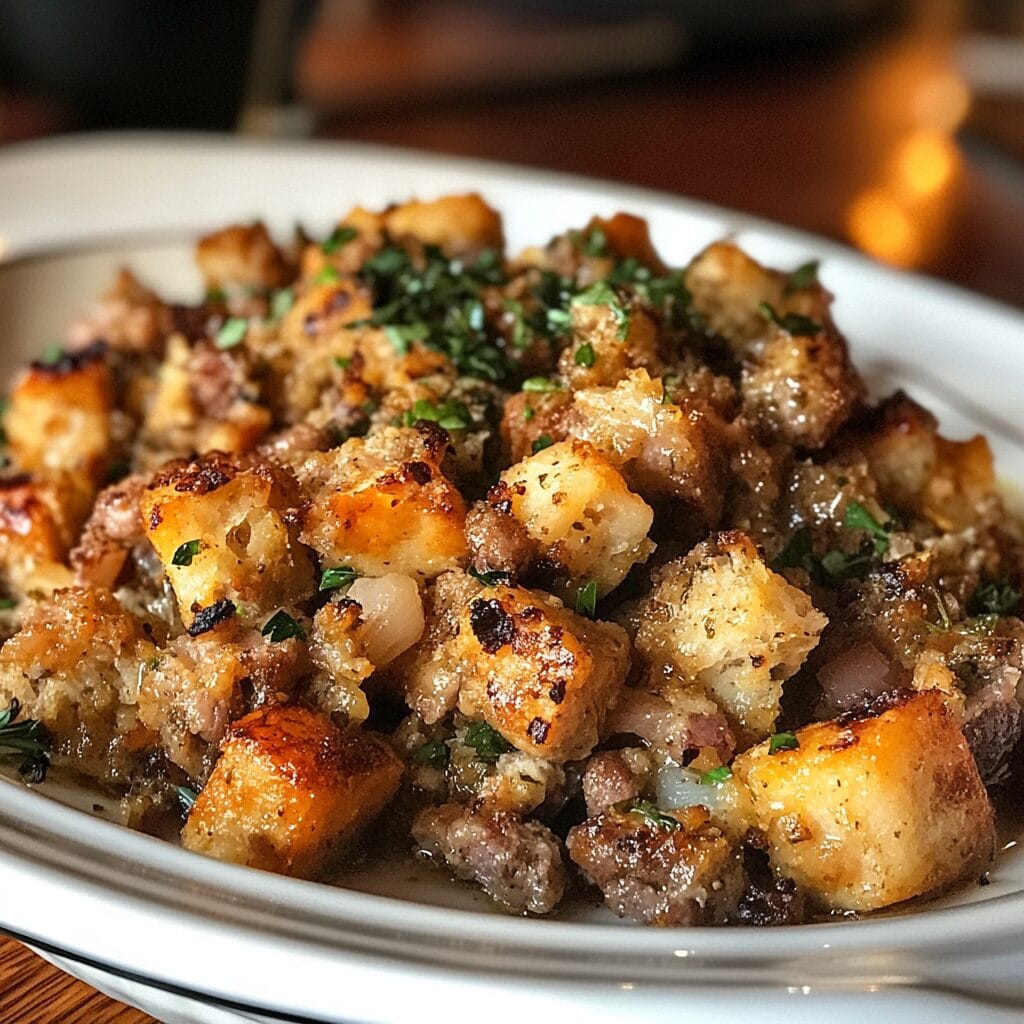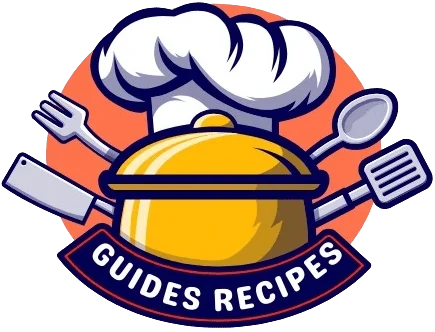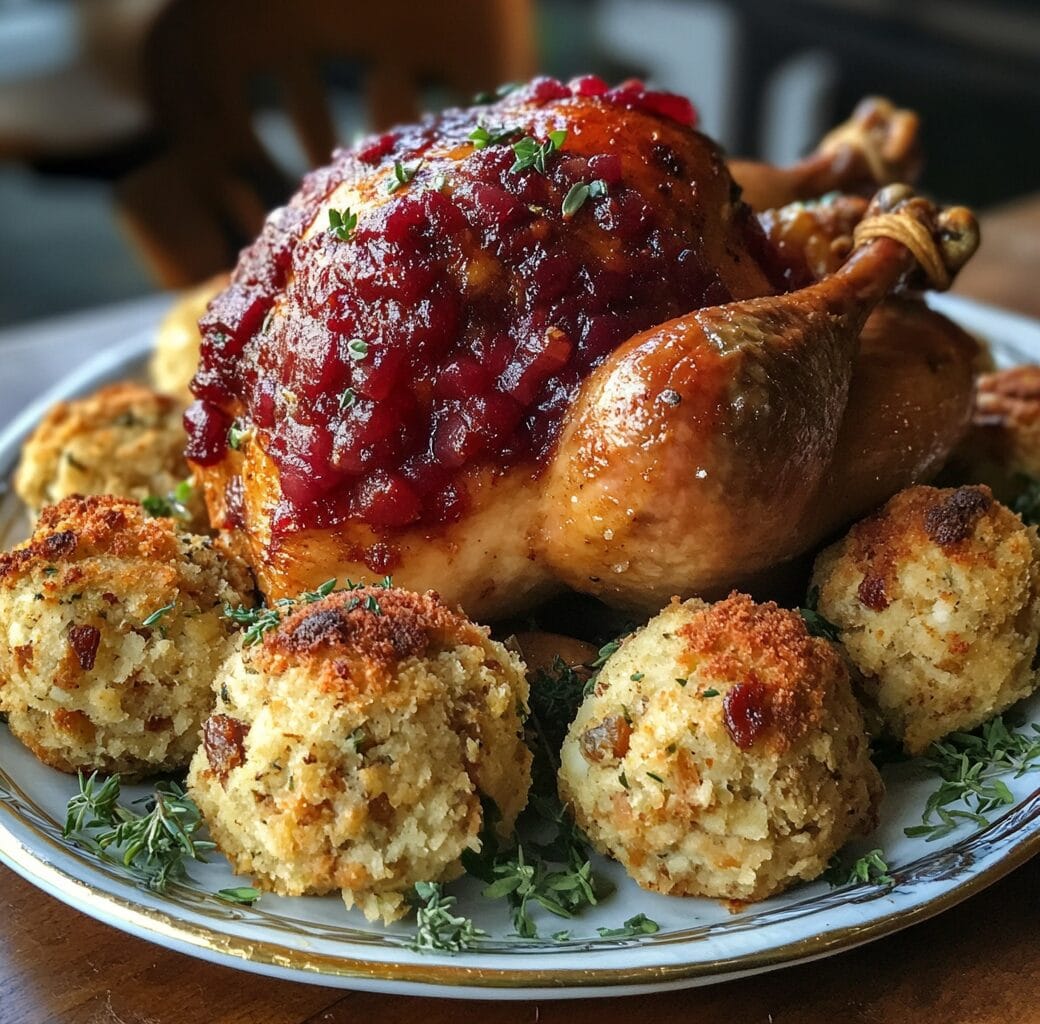As autumn arrives, families in America look forward to Thanksgiving. It’s a time for loved ones, cherished recipes, and traditions. But, a common question pops up: what’s the difference between stuffing and dressing?
This question dives into a rich culinary history. It explores how these dishes have shaped our Thanksgiving tables.

Some people think stuffing and dressing are the same. But others see a clear difference. Let’s explore the history, regional flavors, and key ingredients of these dishes. Whether you’re a seasoned cook or new to Thanksgiving, you’ll learn something new.
Table of Contents
Key Takeaways
- Share a rich history, but have evolved into distinct culinary traditions
- Regional preferences and cultural influences have shaped the preparation and terminology of these holiday side dishes
- Understanding the key differences in ingredients and cooking methods can elevate your Thanksgiving feast
- Exploring the versatility of herbs, seasonings, and cooking techniques can inspire new flavor combinations
- Embracing the unique traditions and personal preferences can make your Thanksgiving table truly special
Understanding the Historical Origins of Stuffing and Dressing
To truly understand the difference between stuffing and dressing, we must look at their history. These bread-based side dishes have deep roots in early American cooking. They show how different parts of the country have their own ways of making these dishes.
Early Culinary Traditions
The idea of stuffing animals with bread and herbs comes from ancient times. People in the Mediterranean and Middle East did this to make food last longer. It was a clever way to use what little ingredients they had.
Evolution Through American History
When Europeans came to America, they brought their cooking ways with them. Stuffing became a part of American food, changing over time. Cooks added local ingredients and flavors, making each region’s stuffing unique.
Regional Development Patterns
In the United States, different areas have their own ways of making stuffing and dressing. In the North, it’s called “stuffing,” but in the South, it’s “dressing.” These names show how different cultures and cooking styles have shaped these dishes.

“The evolution of stuffing and dressing in American cuisine is a story of adaptation, innovation, and the interplay of regional cultures.”
What Is the Difference Between Stuffing and Dressing?
At Thanksgiving, many wonder about stuffing and dressing. These dishes seem alike but have key differences. Knowing these can help you choose the right dish for your holiday.
The main difference is how they’re cooked. Stuffing goes inside the turkey, mixing with the meat. This makes the stuffing moist and flavorful. Dressing, on the other hand, is baked in a dish. It gets a crispy top and a unique texture.
| Stuffing | Dressing |
|---|---|
| Cooked inside the turkey or poultry | Baked in a separate dish |
| Moist and infused with meat flavors | Crispy top and distinct texture |
| Bread cubes, herbs, and other ingredients | Similar ingredients, but not cooked inside the bird |
Both use bread, onions, celery, and herbs. But, the cooking method changes their taste and feel.
Stuffing and dressing both add something special to Thanksgiving. Your choice depends on taste and where you’re from.

Regional Preferences: North vs. South Traditions
When it comes to stuffing and dressing, different regions have their own ways. In the South, it’s often called “dressing,” while in the North, it’s “stuffing.” This difference shows how culture and history shape our food.
Northern Cooking Methods
In the North, people usually say “stuffing.” They cook it inside the turkey or chicken. This makes the stuffing moist and flavorful, adding to the main dish.
Southern Culinary Heritage
In the South, “dressing” is the preferred term. It reflects the South’s unique cooking ways and cultural background. Southern dressing is baked separately, giving it a crispy outside and soft inside.
Cultural Influences on Terminology
The choice between “dressing” and “stuffing” comes from history and culture. “Dressing” might have come from the South’s French and Creole roots, where it was a side dish. “Stuffing” could be tied to the North’s English and colonial past, where it was cooked inside the bird.
Older folks might call it “stuffing” no matter where they’re from. This adds to the fun of debating what to call this Thanksgiving favorite.
| Northern Regions | Southern Regions |
|---|---|
| Predominant term: “Stuffing” | Predominant term: “Dressing” |
| Cooked inside the bird | Baked in a separate casserole dish |
| Influenced by English and colonial traditions | Influenced by French and Creole culinary traditions |
Basic Ingredients and Preparation Methods
Stuffing and dressing share a lot in common. They both start with bread, like breadcrumbs or cubed bread. This bread helps soak up flavors and gives the dish its texture.
Dressing often includes herbs like sage, thyme, and rosemary. It also has onions, celery, and sometimes sausage or oysters. Stuffing, on the other hand, might have nuts, fruits, and chestnuts.
Both dishes are made by sautéing veggies, toasting bread, and mixing everything together. The big difference is where they’re cooked. Stuffing goes inside the turkey, while dressing is baked in a dish.
| Stuffing | Dressing |
|---|---|
| Breadcrumbs or cubed bread Onions, celery, herbs Sausage, nuts, fruits, chestnuts | Breadcrumbs or cubed bread Onions, celery, sage, thyme, rosemary Sausage or oysters |
Choosing the right ingredients is key to a great stuffing or dressing. With the right mix of breadcrumbs, herbs, and other flavors, you can make a dish that’s perfect for Thanksgiving.
Cooking Techniques: Inside vs. Outside the Bird
There are two main ways to cook poultry stuffing and baked dressing. You can stuff the bird or make a casserole. Each method has its own benefits and things to keep in mind for tasty and safe food.
Traditional Stuffing Methods
Stuffing the bird with savory mix is a classic way. It makes the meat moist and flavorful. But, it’s important to check the stuffing’s temperature to avoid food sickness.
Casserole-Style Preparation
Another way is to make a casserole with seasoned bread or cornbread. This method cooks the dressing separately from the bird. It gives you more control over cooking and can make the dressing fluffy and crispy.
Safety Considerations
- It’s key to make sure the stuffing or dressing reaches 165°F (74°C) to kill bacteria.
- Don’t overstuff the bird to avoid slow cooking and bacterial growth.
- For casserole dressing, bake it in a separate oven or at a different temperature than the bird.
Knowing the differences in these cooking methods helps you make great poultry stuffing and casserole dishes. You’ll get the most out of your baked dressing and cooking techniques.
Texture and Consistency Variations
Stuffing and dressing have different textures and consistencies. Stuffing, cooked inside the turkey, is moist and cohesive. This is because the turkey’s moisture helps hold the ingredients together. Dressing, baked separately, has a crispy top and varied texture.
Moisture is crucial for these dishes’ unique qualities. Stuffing absorbs turkey juices, making it richer and creamier. Dressing, however, gets its consistency from added liquids like broth or eggs. This makes it drier and crumblier.
- Stuffing: Moist and cohesive texture due to absorption of turkey juices
- Dressing: Crispier top layer and varied texture from baking separately
- Moisture management is key to the distinct characteristics of each dish
The texture of stuffing and dressing affects how they go with other meal parts. Creamy stuffing pairs well with the turkey’s crisp skin. Crunchy dressing contrasts nicely with the meat’s tenderness.
“The texture of the stuffing is just as important as the flavor. It should be moist and fluffy, not dense and dry.”
Choosing between stuffing and dressing depends on personal taste and local traditions. Knowing about texture differences and moisture management can improve your holiday meals.
Essential Herbs and Seasonings for Both Dishes
The right mix of herbs and spices can change everything in stuffing and dressing. Whether you’re making a classic recipe or trying new flavors, knowing the key seasonings is crucial.
Traditional Herb Combinations
Classic herb mixes are at the heart of stuffing and dressing. Sage, thyme, and rosemary form a warm, aromatic base. Celery, onions, and garlic add depth and complexity to the flavor.
Regional Spice Preferences
Exploring stuffing and dressing across the U.S. shows how local spices shape taste. For example, Cajun dressing in the South uses bold spices like cayenne and paprika. New England stuffing, on the other hand, favors a gentle mix of nutmeg and allspice.
Modern Flavor Innovations
Today, chefs and home cooks are trying new things with stuffing and dressing. They’re using herbs like lemon thyme and spices like smoked paprika. These innovations are changing how we enjoy these dishes.
Whether you like traditional flavors or new ones, there’s always a way to make your stuffing and dressing better. The right herbs and spices can take your dish to the next level.
Conclusion
The difference between stuffing and dressing is clear when you look at how they’re made and where they come from. Stuffing goes inside the turkey, while dressing is baked as a casserole. Both are key to a great Thanksgiving or holiday meal.
Whether you love the taste of classic stuffing or the texture of dressing, these dishes are a big part of American food culture. Try out different recipes to see what you like best. This way, you can enjoy the variety of flavors and textures that make these dishes special.
While stuffing and dressing share a foundation of bread and seasonings, their differences lie in cooking methods, textures, and regional terminology. Whether you prefer the moist, meat-infused texture of stuffing or the crispy, casserole-style dressing, both dishes are integral to the Thanksgiving table.
For more recipes and cooking tips to elevate your holiday meals, visit GuidesRecipes.com.
FAQ
What is the difference between stuffing and dressing?
Stuffing is cooked inside a turkey, making it moist and cohesive. Dressing is baked in a dish, giving it a crispy top and softer inside.
Are dressing and stuffing the same?
No, they are not the same. Both are bread-based dishes, but they differ in cooking methods and textures.
Why do old people call stuffing dressing?
It’s a regional and generational thing. In the South, “dressing” is common, while others say “stuffing.” It’s a mix of culture and tradition.
Do southerners say dressing or stuffing?
Southerners usually say “dressing.” This is part of their unique culinary tradition, especially at Thanksgiving.
What is dressing made of?
Dressing has bread, broth, eggs, and herbs. Onions, celery, and sometimes sausage are common. Ingredients vary by region and family.
What is the difference in texture between stuffing and dressing?
Stuffing is moist and cohesive, cooked inside a turkey. Dressing is crisper on top and softer inside, baked in a dish.
What are the common ingredients in stuffing and dressing?
Both use bread, onions, celery, and herbs. Broth, eggs, and sausage are common too. Ingredients vary by region and family.
How do you prepare stuffing vs. dressing?
Stuffing goes inside a turkey, absorbing juices. Dressing is baked in a dish, with a crispy top. Cooking methods affect texture and taste.
What are some common herbs and seasonings used in stuffing and dressing?
Sage, thyme, and rosemary are common. Regional flavors like poultry or Cajun seasoning add unique tastes. Herbs and spices greatly influence flavor and aroma.


3 thoughts on “Difference Between Stuffing and Dressing?”